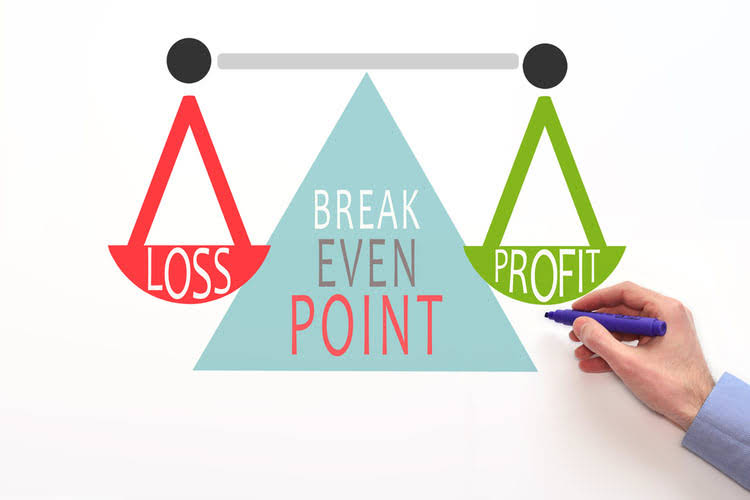Liabilities In Accounting What Is It, Examples & Types

In accounting, companies record and manage liabilities as opposites to assets. Current liabilities and long-term liabilities are the two primary categories of business obligations, each with unique characteristics and implications for financial reporting. Liabilities in accounting are recorded as financial obligations, but these act as the most efficient resource for companies to fund capital expansion. In case of sudden requirements, a liability helps entities pay for operations and then return the finance as applicable to the lenders. Liabilities are classified as current, long-term, or contingent. Long-term liabilities are debts that take longer than a year to repay, including deferred current liabilities.

What Are Liabilities in Accounting?

If you manage books for several clients, keeping up with recurring liability tasks like loan payments, tax deadlines, or deferred revenue can quickly become overwhelming. But with Financial Cents accounting practice management tool, you can build step-by-step workflows, set automatic reminders, and keep every liability account up to date. This standardizes your processes across all client accounts and helps you avoid missed deadlines.
Liabilities vs. Expenses
They’re recorded on the right side of the balance sheet and include loans, accounts payable, mortgages, deferred revenues, bonds, warranties, and accrued expenses. Examples of common long-term liabilities include bonds payable, mortgages, leases, deferred taxes, pension obligations, and lines of credit. In the world of accounting, a liability refers to a company’s financial obligations or debts that arise during the course of business operations. These are obligations owed to other entities, which must be fulfilled in the future, usually by transferring assets or providing services. Liabilities play a crucial role in a HOA Accounting company’s financial health, as they fund business operations and impact the company’s overall solvency. Examples of current liabilities include short-term loans, accounts payable, income taxes payable, dividends payable, accrued expenses, customer deposits, and notes payable.

Understanding the Liability Side of a Balance Sheet
- Mortgage loans, like most loans, are broken down into monthly payments over the period agreed.
- High levels of debt can lead to increased interest expenses, impacting profitability and potentially leading to insolvency.
- By analyzing the types, amounts, and trends of a company’s liabilities, it is possible to gauge its financial position, stability, and risk exposure.
- In accounting, a liability refers to an obligation or debt owed by a business or individual.
- A normal operating cycle is the time frame needed to convert money to raw materials, finished products, sales, accounts receivable, and money back again.
One common type of long-term liability is long-term debt, also known as bonds payable. Companies issue https://tcons.build/list-of-top-accounting-software-aug-2025-reviews/ bonds as a form of borrowed capital that must be paid back with interest over an extended period. Long-term debt can significantly impact a company’s debt-to-equity ratio and affect its ability to generate cash flows for meeting operational needs.
Non-Current liabilities are the obligations of a company that are supposed to be paid or settled on a long-term basis, generally more than a year. Liabilities help you see how much of a business is funded by borrowing. If the business owes a lot compared to what the owners have invested (equity), it may be considered risky. Lenders, investors, and auditors pay attention to this when deciding whether to trust the business with more money.

However, it should disclose this item in a footnote on the financial statements. According to the accounting equation, the total amount of the liabilities must be equal to the difference between the total amount of the assets and the total amount of the equity. Also sometimes called “non-current liabilities,” these are any obligations, payables, loans and any other liabilities that are due more what is liability in accounting than 12 months from now. A contingent liability is an obligation that might have to be paid in the future but there are still unresolved matters that make it only a possibility, not a certainty.
- Common types of liabilities include wages payable, interest payable, dividends payable, and unearned revenues.
- These liabilities are crucial to understanding a company’s financial health and help provide insights into its operations, cash flow, and overall financial position.
- In accounting, liabilities are classified as either current or non-current based on their due date.
- Understanding the impact of these liabilities is crucial for investors, as they can have a significant effect on a company’s financial statements and long-term viability.
- It involves anticipating future financial obligations and employing strategies to meet them while maintaining solvency.
Examples include invoices from suppliers, utility bills, and short-term debts. Accounts payable is typically presented on the balance sheet as a separate line item under current liabilities. Liabilities show what a business owes and when those payments are due. They’re a key part of the balance sheet and help complete the financial picture.
- Managing these helps maintain accurate financial records and ensures proper budgeting.
- Potential buyers will probably want to see a lower debt to capital ratio—something to keep in mind if you’re planning on selling your business in the future.
- Liabilities are settled over time through the transfer of economic benefits including money, goods, or services.
- Companies of all sizes finance part of their ongoing long-term operations by issuing bonds that are essentially loans from each party that purchases the bonds.
- Long-term liabilities represent obligations that are due for more than one year but are not considered part of the equity section on the balance sheet.
The Impact of Liabilities on Financial Statements
In other words, the creditor has the right to confiscate assets from a company if the company doesn’t pay it debts. Most state laws also allow creditors the ability to force debtors to sell assets in order to raise enough cash to pay off their debts. The debt-to-income ratio shows how much of your income goes to paying debts. For example, Annie’s Pottery Palace has $7,000 in debt and $22,000 in assets. They are listed on the right side and grouped into current and non-current categories.
